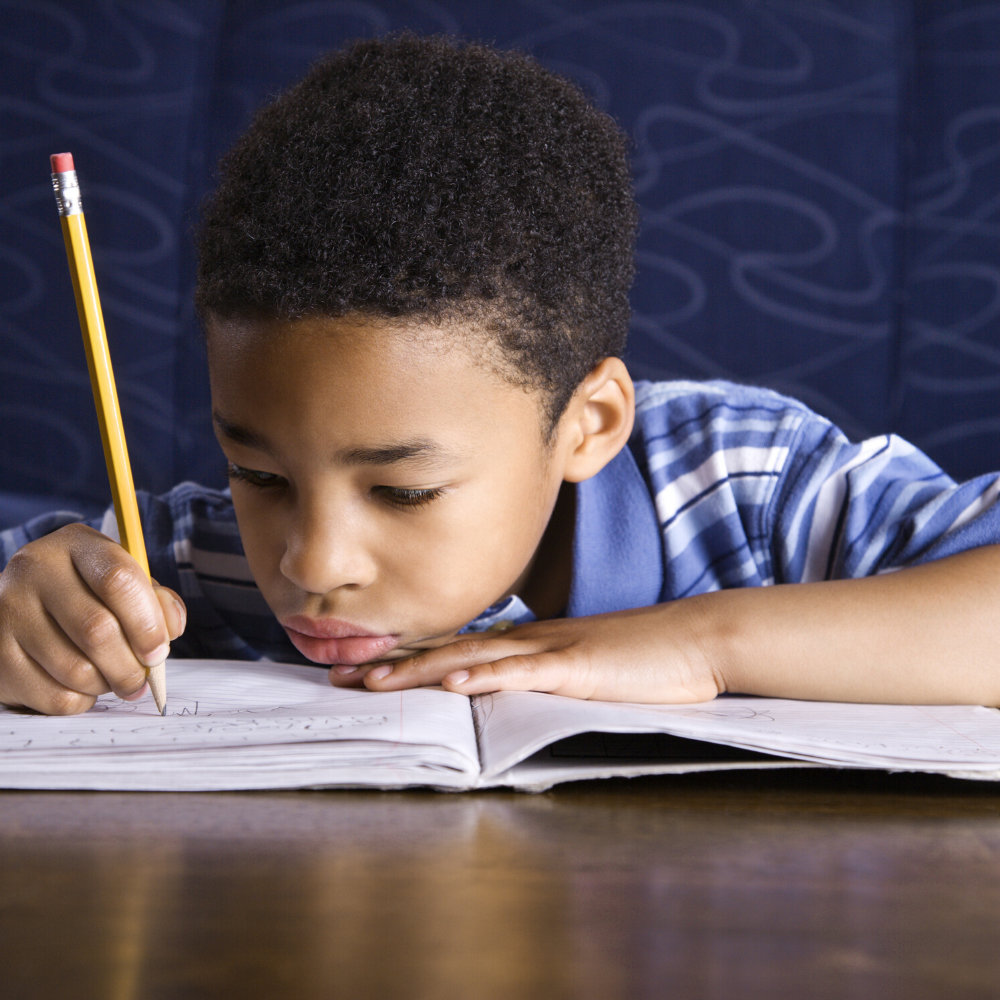It's her 3rd time reviewing fractions with Jason and yet he is still just as confused as the first time. Though his mom sits down daily with him, he just can't seem to grasp the concepts.
Learning Disability. What is it exactly? Learning Disabilities are often a catch-all term for individuals who cannot learn in the typical manner. They are better known as Learning Differences as typically the individual can learn and wants to learn but needs to do so in a different format. Keeping the sensory system in check can make a significant impact on those who have Learning Differences. Here are a few strategies to keep in mind when working with those who learn differently.
- Remove Distractions. Noisy hallways, noisy classrooms and noisy walls can all be auditory and visual distractions. So before we try some tricks, take a look around your classroom or work area and see if the room is actually distracting or engaging. Don't' fret though. Using carrels, noise cancelling earmuffs and light filters, can help a distracting room. You can also suggest putting tennis balls or padding on the bottom of the chairs to reduce chair noise.
- Make sure kids are moving to learn and learning to move! Using chair balls, wiggle cushions, standing desks or even balance boards can really make a difference in their ability to attend and focus throughout the day.
- Eye Hand Coordination. Toss and catch. It sounds simple but it's actually therapeutic! By crossing midline and catching and tossing the brain can engage and perform. Try some Hand-Eye Coordination Scarves or puzzle Just 5 minutes can make a huge difference.
- Position and Posture. How you sit can make a hug impact on your ability to attend and changing your seating can help as well. Using a wedge can put you in an active learning posture and offering alternative seating can provide a healthy change to a static posture.
- Weight and Pressure. These two attributes are known for their ability to filter out sensory overload and the result can be better attention. Using a weighted vest, weighted lap pad or compression belt can help some kids make it through the school day with a better focus.
- Sensory Break. Recess is great but a sensory break can offer just the right sensory diet when needed. Keep a Break Box or Break Bag at hand or install an Action Room! Or Chill Spa Room in your school, home or facility for improving school performance and attention.
- It's like a mini massage, but vibration can really wake up the muscles and joint receptors. It acts as a sensory filter and can really assist some with concentration. Vibration can be applied to the mouth, back, arms or legs when the body needs a bit of a wake up call.
- The studies are out. Chewing helps us focus. But if gum is not an option, grab your favorite chewy. Keep one nearby at all times and throw in some great crunchy snacks throughout the day to keep the brain at its best.
- Fidgets and Doodling. Though some teachers loathe it, doodling and fidgeting can be great brain boosters. It may appear as if kids are "out to lunch" but more often than not providing a hand fidget, foot fidget or doodle opportunities can have them ingesting all that you're teaching
- Take a moment, grab some bubbles or a wind instrument and get those lungs pumped up with air. Deep breathing has been shown to have a tremendous effect on our ability to attend.
And, remember. Everyone wants to learn. Some forms of learning take practice. With small increments of time allotted to the subject at hand, a child's ability to learn can improve dramatically over time.
Check out our sensory tools to support those with learning disabilities.






















Comments